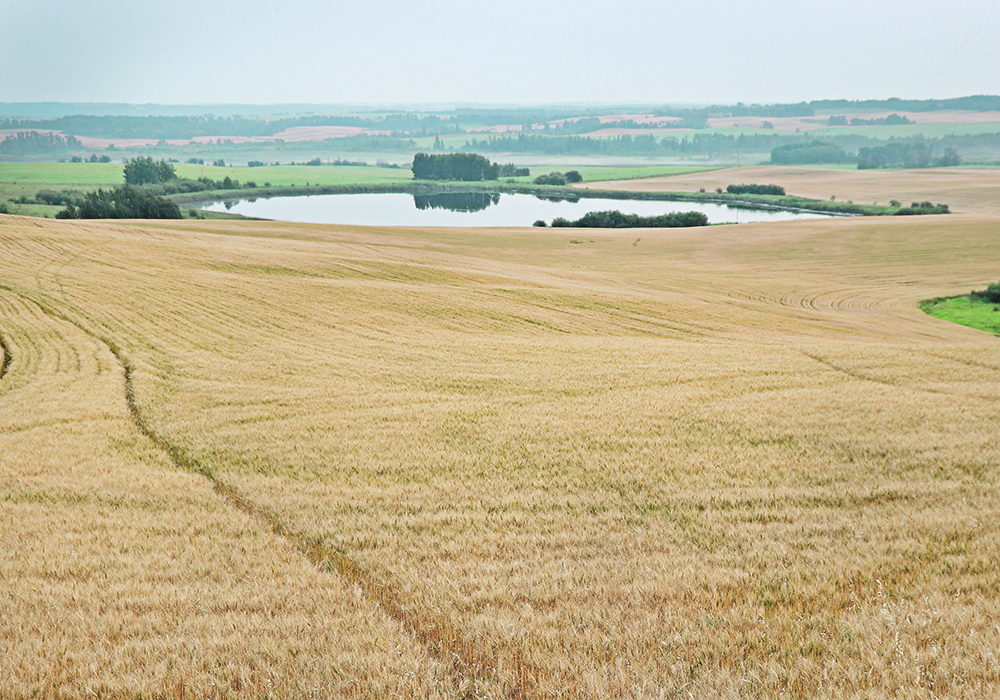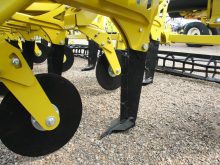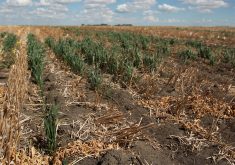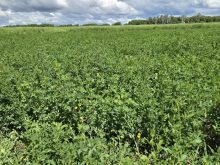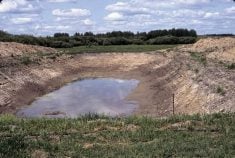Work is needed to show farmers that winter wheat can achieve quality standards of premium markets and get higher yields
Using winter cereals for livestock feed works but the up-take from farmers and ranchers is failing to keep up with the potential, said the executive director of Farming Smarter, a Lethbridge research organization.
Ken Cole said tests for winter wheat, triticale and fall rye have shown promising results in southern Alberta under irrigation when seeded in late July and early August, giving the plants enough time for decent growth heading into the freeze-up period in October.
Cole said Farming Smarter has a field trial on a Medicine Hat, Alta., area farm that allowed for winter livestock grazing.
Read Also

New coal mine proposal met with old concerns
A smaller version of the previously rejected Grassy Mountain coal mine project in Crowsnest Pass is back on the table, and the Livingstone Landowners Group continues to voice concerns about the environmental risks.
“We set up a couple of small plot trials inside of his bigger field where one set of trials we fenced off from the cattle and we were trying to look at what was the effect of grazing and which varieties or mix of varieties — and we even threw in a seed treatment in there — and looked at how much they were able to feed,” said Cole.
Following taking the cattle off in spring, the field was fertilized and a new season crop was planted.
Cole said the research added data to support the practice as a good crop management tool, although it comes with drawbacks.
“The grazing intensity did impact spring survival so there is a bit of a downside on that front. However, using the right variety and the right cereal type — whether it’s wheat or triticale or a mixture — that helped mitigate that,” he said. “When you looked at the overall feed performance, it was definitely higher than not doing it at all. To me, that’s the perfect cover crop because it’s not really a cover crop but a crop as well.”
Overall, with southern Alberta facing lack of precipitation issues, use of winter cereals is one of the best risk management tools a farmer has available, said Cole.
“Even if you seeded a winter cereal and it doesn’t come up and it sits in dry dirt in the fall, it’s not really a big deal because when there is moisture, it will come,” he said.
However, winter cereal adoption rates among farmers are less than what the potential suggests, said Cole.
“We feel it is a really good fit to help manage risk and help take advantage of all the different fall moistures and even spring moistures that we sometimes lose,” he said. “But we’ve really struggled with adoption and I think there is a lot of logistics and then there are some quality issues. Honestly, it’s one of those ones where we are scratching our heads as to why more farmers aren’t adopting it.”
While markets factor into the equation, if winter cereals are being used as livestock feed, that removes that part, said Cole, allowing for an offset.
“Every economic look at (winter cereals) I’ve seen is there is always an advantage. You’ll always have a yield advantage,” he said. Though he cautioned, “if you are just going straight for grain markets, that’s where the economic challenge comes in because we may not get the same price for winter wheat.”
Advances in developing winter cereal varieties are narrowing the gap between the premium spring varieties, said Cole.
“There is probably a little more work that needs to be done on the marketing side too, to prove and recognize we can grow winter wheat with a high enough quality to satisfy a lot of those premium markets,” he said.
As far as winter cereals and fall rye varieties as a livestock feed source, Cole said in southern Alberta the potential is there with winter survival being good.
Outside of the region, there could be issues, that survival rate could be challenged during harsher winters but it’s an option worth farmers’ time to examine if the latest varieties will work for their operations.




